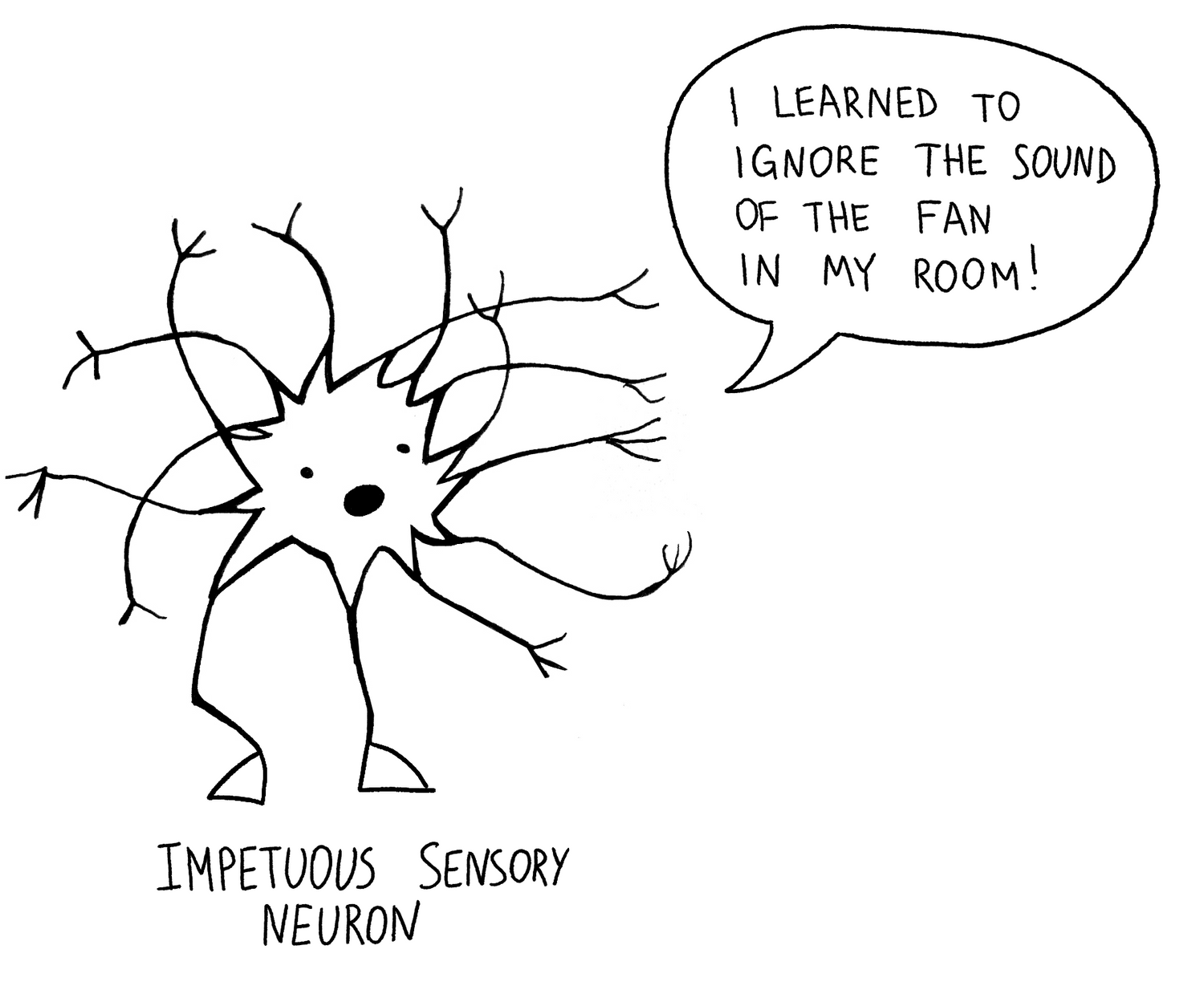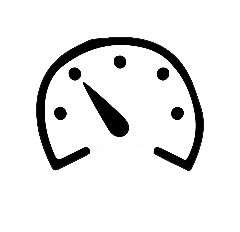
Neural Adaptation – How Neurons Ignore Constant Stimuli

Ever noticed how quickly you stop feeling your clothes or glasses once you put them on? This experiment explores neural adaptation by showing how sensory neurons reduce their firing rate over time in response to constant, unchanging stimulation.
About experiment
What Will You Learn?
- How sensory neurons decrease their response to constant stimuli.
- Techniques for recording and analyzing neural adaptation.
- Insights into early sensory processing and basic neuronal 'learning.'
Background
Neural adaptation helps sensory systems filter out constant or redundant input. When a stimulus is first applied, sensory neurons respond vigorously, but their activity fades as the input persists. This adaptation allows the brain to focus on what’s new and relevant. In this experiment, you’ll record from a cockroach leg to directly visualize this dynamic.
Procedure

Preparation:
- Anesthetize a cockroach briefly and remove one leg.
- Secure the leg onto a stable platform (e.g., cork or balsa wood).
Electrode Placement:
- Insert two electrode pins into an area with abundant sensory hairs.
- Apply conductive gel to ensure good electrical contact.
Baseline Recording:
- Connect electrodes to the Human SpikerBox.
- Record neural activity before applying any stimulus.
Sustained Stimulation:
- Apply constant gentle pressure to a sensory hair using a toothpick or probe.
- Observe the strong initial neural response, followed by a gradual reduction in spike frequency.
Results & Analysis
Quantify how neural activity declines over time in response to a sustained stimulus. Measure the time it takes for the spike rate to reduce by half from its initial peak. This drop illustrates neural adaptation in real time.
-
Related Products



